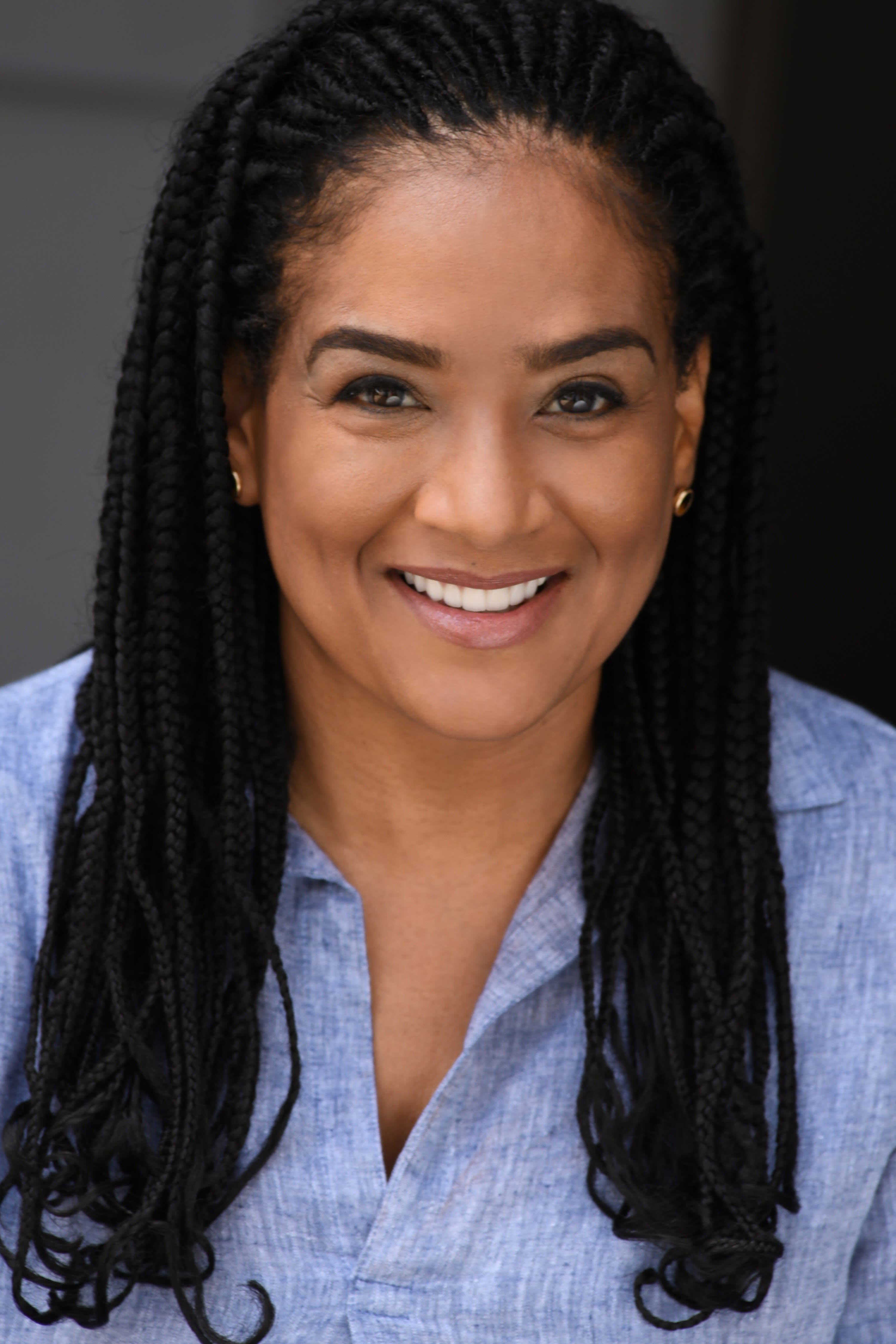The spark for The Art of Eternal Love came during a moment of deep personal reflection. While reading about the three biblical figures who never experienced death—Enoch, Elijah, and the Witness—a question emerged that would not let go: What if there was more to their stories?
“That idea alone was fascinating, but it hit me differently when I started wondering: What if their journeys didn’t end where scripture leaves off?” she shared. “At the same time, I was thinking a lot about loss, healing, and the human need to believe in something beyond the pain of this world. Those threads came together in a vision: a love story that transcends time and space, anchored in faith, but unafraid to imagine the fantastical. That vision became The Art of Eternal Love.”
Grief and the afterlife are weighty themes, but she approached them with imagination and intention. She did not want to avoid the heaviness, but she was determined not to let it consume the story.
“When I was creating The Art of Eternal Love, I didn’t want to shy away from the weight of grief, but I also didn’t want it to consume the story. I wanted to offer a lens of hope,” she explained. “For anyone who’s experienced deep loss, the world can feel very hollow. My message to those viewers is this: what we love deeply is never truly lost.”
“Through fantasy and faith, I hoped to remind people that connection doesn’t end at the grave. Whether it’s through memories, dreams, or divine mystery, love continues and sometimes it even finds a new form. I wanted to say: You’re not alone in your grief, and there is still beauty ahead.”
As a woman of faith, her creative work is grounded in spiritual conviction.
“I am a woman of faith. So faith is the foundation of everything I do, and The Art of Eternal Love is no exception,” she said. “From the first moment the story came to me, I knew it wasn’t just imagination. It was inspiration. I believe this project was divinely guided. There were so many moments when I didn’t have the answers or the resources, but I had faith and that was enough to keep moving.”
“That same faith shaped how I approached the themes of love, loss, and the afterlife. I wanted to tell a story that reflected the unseen, the spiritual truths that sustain us when life feels unbearable. My hope was to create something that not only entertains but uplifts, reminding people that love never dies and that we are never alone.”
For her, storytelling is both art and responsibility.
“Storytelling today is about truth and transformation. It’s our job to reflect the world as it is, but also to imagine what it could be,” she said. “In a time of noise and division, stories can heal, connect, and inspire. As a filmmaker, I see it as a sacred responsibility to tell the kind of stories that stir hearts, spark hope, and move people toward something greater.”
The creative process brought more than a few unexpected challenges. From the start of writing through production, she faced hurdles that tested her resilience.
“Honestly, this film challenged me in every phase—writing, development, pre-production—you name it,” she said. “One of the biggest hurdles was losing my cinematographer, who had to step away for a larger opportunity that aligned more with their career goals. I was genuinely happy for them because I believe in people growing, but it still left me with a major gap to fill.”
“I had to lean on my faith and trust that the right person would come along, and thankfully, a very talented young person that I had worked with before stepped up.”
Set design was another lesson in flexibility.
“I had a very specific vision, but finding someone who could bring that to life within our resources was tough. In the end, we had to rely on what we had—creativity, collaboration, and faith,” she said. “What it taught me is that as a creator, I’m more adaptable than I thought. I can pivot, stay focused, and keep moving forward even when the plan falls apart. It deepened my belief that limitations can spark innovation, and that purpose always finds a way.”
That perseverance has already been met with recognition. The film won first place at the Atlanta Short Film Festival for Best Screenplay and continues to gain momentum.
“It’s been incredibly meaningful,” she said. “Recognition like winning first place at the Atlanta Short Film Festival, especially for a screenplay, affirms that the story resonated with people beyond just my own creative circle. The Art of Eternal Love is a deeply personal and imaginative piece, and to see it honored in this way tells me that its themes, its world, and its characters are connecting.”
“It’s also been encouraging as a filmmaker. When you’re in the thick of writing or producing, you’re often just hoping that what you’re creating will land. These awards have given me that extra boost of confidence and momentum as we finish post-production. It reminds me that the story has a life of its own, and that others are ready to receive it. That’s the greatest reward—knowing your work is meaningful to someone else.”
She sees this film as the beginning of a much bigger creative journey.
“As a storyteller, I hope The Art of Eternal Love leaves behind a legacy of emotional depth, imagination, and timeless truth,” she said. “The film touches on love that transcends time and space, and the sacrifices we make for connection and healing. I want it to remind people that even in the midst of fantasy, there are very real human truths—about pain, purpose, and redemption. If it lingers in someone’s heart, if it inspires a deeper reflection or even a conversation, then I’ve done my job.”
That storytelling vision continues through her next projects.
“I’m developing several new projects. One of them is a limited series rooted in myth and biblical mystery, and The Art of Eternal Love actually serves as a proof of concept for that series,” she said. “The short film lays the foundation for a much larger narrative world, and we’re excited about the potential to expand it into a multi-episode arc that dives even deeper into the themes of time, belief, and unseen dimensions.”
“I’m also working on a grounded coming-of-age drama. But no matter the genre, I’m always drawn to stories where healing is possible and hope leads the way.”




